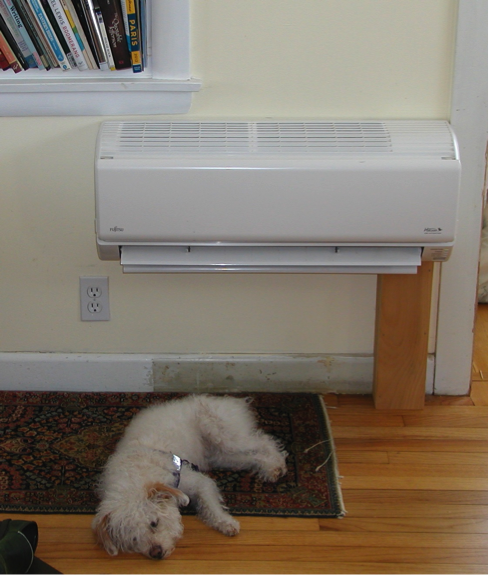Just thought I would touch base here again. Been extremely busy lately and running out of dry wood I just flipped the breakers back on for the baseboards early February. Boy I wish my house was only $5.50 a day extra to heat with those. With maybe 2 1/2-3 weeks running on this billing cycle I used approximately 153% more energy than last year this time. So $160 more than last month. While it equals out to about $5.30 a day I didn’t have them on the whole month and I’m not entirely sure when I turned them on though so it still may be close to $5.50 a day the whole month having $250 plus electric bills is not entirely fun. I have a feeling though for me it will be between $8-11 a day.
So in reality I just need to work harder at getting ahead on wood. That bill is definitely motivating for that.
Lopi Rockport
Blaze King Ashford 25
Soooooooooo I’m an idiot. Just thought I would update this again as I was going through all my bills and realized my mistakes. While I did not use the baseboards for a whole month it was not $250. Apparently I missed a payment and that was the month prior and that month. I’ll have to revisit this and do a more in depth watch next winter.
Lopi Rockport
Blaze King Ashford 25


![[Hearth.com] Alternative heat source, minisplits for real? [Hearth.com] Alternative heat source, minisplits for real?](https://www.hearth.com/talk/data/attachments/245/245481-87527004d9127e1e5c5aa03dc8453a8b.jpg?hash=KXwe7A8gMh)
![[Hearth.com] Alternative heat source, minisplits for real?](/talk/data/attachments/250/250314-cfbf758152979d760ac821334c1cf643.jpg?hash=yW2RYnIRVL)
![[Hearth.com] Alternative heat source, minisplits for real?](/talk/data/attachments/250/250317-c4425371af45bdb9df37d57f289c12d0.jpg?hash=z1BIpCH2wQ)
![[Hearth.com] Alternative heat source, minisplits for real?](/talk/data/attachments/250/250318-ae6beefb5c4740122c55af7e33f1d23e.jpg?hash=F3ktQT_r7o)
![[Hearth.com] Alternative heat source, minisplits for real?](/talk/data/attachments/250/250319-6223288a01017074bd4f0bbfd2931a3b.jpg?hash=a9H6cVoaVO)
 .
. ![[Hearth.com] Alternative heat source, minisplits for real? [Hearth.com] Alternative heat source, minisplits for real?](https://www.hearth.com/talk/data/attachments/250/250465-0cf695b4cadb10a79a8707c3a3ca968c.jpg?hash=kfT-uCMMAW)
![[Hearth.com] Alternative heat source, minisplits for real? [Hearth.com] Alternative heat source, minisplits for real?](https://www.hearth.com/talk/data/attachments/250/250468-6725a20b5c6a7f1dd334a53f830a80bb.jpg?hash=L07AzFr5LN)
![[Hearth.com] Alternative heat source, minisplits for real? [Hearth.com] Alternative heat source, minisplits for real?](https://www.hearth.com/talk/data/attachments/250/250898-67eac6e0177ede459357c195a1202735.jpg?hash=GIdd9-_E21)
